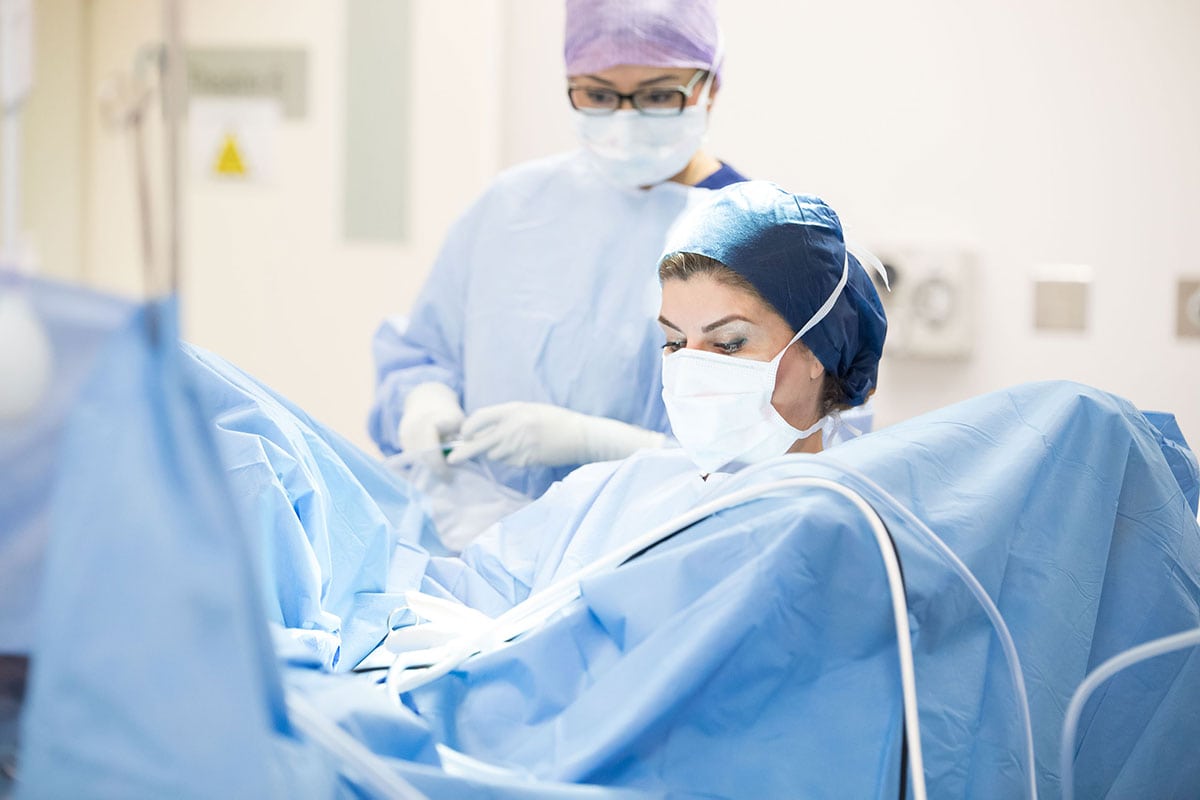Pelvic Floor Repair
Pelvic floor repair is the most common surgery to treat vaginal prolapse.

What is pelvic floor repair?
Pelvic floor repair is a broad term used to describe a number of different surgical repairs to address prolapse.
Vaginal prolapse can be overwhelming, but there are various prolapse surgery options to help you achieve the results you desire.
Vaginal prolapse occurs when the vagina falls from its normal location inside the pelvis toward the opening of the vagina. In severe cases of prolapse, the vagina may protrude outside the vaginal opening.
Your vagina and other pelvic organs are held in place by muscles and connective tissue. Over time these muscles and tissues may become torn, stretched or weakened. This can lead to prolapse. You can find out more about types of prolapse here.
FBW Gynaecology Plus are leading health professionals in pelvic floor repair surgeries to treat uterine prolapse and vaginal prolapse.
Native Tissue Vaginal Repair
Native tissue vaginal repair is a common practice used to treat pelvic organ prolapse. It involves the use of sutures and your own tissue to restore the vagina to a natural, supportive position.
Native tissue repair is the standard of care for pelvic organ prolapse, and sexual intercourse is possible after healing. However, it is recommended you avoid straining and vigorous exercise while your pelvic floor muscles recover.
Vaginal Repair with Autologous Graft
Prolapse can be treated with a vaginal repair surgery that includes an autologous graft. In this surgery, an autologous graft is applied around the pelvic organs to give them biological and mechanical support.
Mesh Extraction
In some prolapse surgeries, a synthetic mesh may have been implanted to support your pelvic organs. This synthetic mesh is designed to correct pelvic organ prolapse and urinary incontinence.
In some cases, you may experience complications and the surgical mesh may need to be removed.
Complications from surgical mesh include:
- chronic pain
- infection
- vaginal bleeding/discharge
- painful intercourse
- urinary problems
If you are experiencing these complications, your surgeon may recommend conservative management. Options for conservative management include topical oestrogen, MonaLisa Touch and PRP. If complications persist, you may require mesh removal.
Mesh extraction is the process of taking out the synthetic mesh. The defect is repaired and edges of the wound are carefully approximated with minimal tension. PRP is injected for accelerated wound healing and reduction in inflammation.
The mesh extraction surgery can be difficult and may increase the risk of additional pain. The experienced surgeons at FBW Gynaecology Plus can help guide you through the process.

